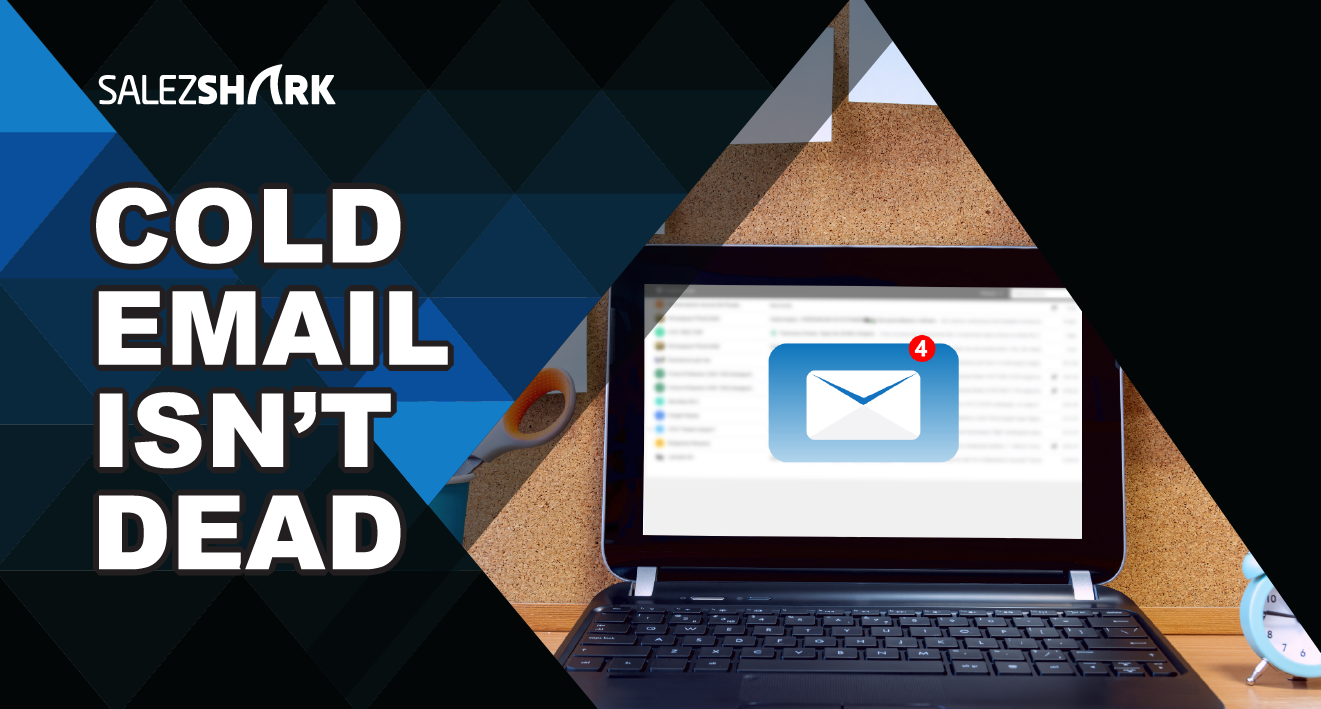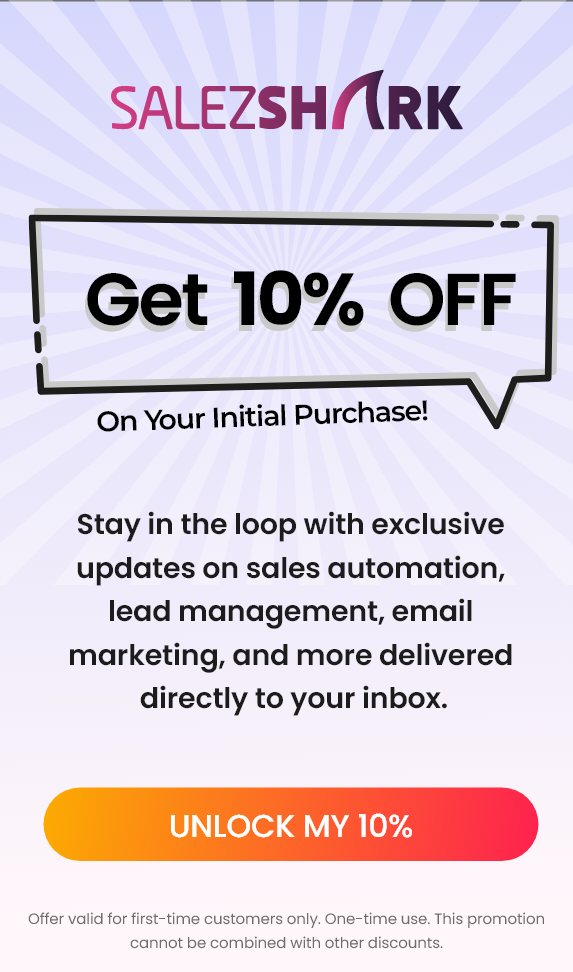For years, many people believed that sending cold emails no longer worked. With inboxes flooded every day, it seemed like no one paid attention anymore. But the truth is, a cold email isn’t dead—it has simply become smarter.
In 2025, businesses that know how to write and send the right kind of emails are still winning new customers every single day. The key is not about sending hundreds of random messages but about sending fewer, smarter, and more personalized ones.
Let’s break this down in very simple terms.
What Is a Cold Email?
A cold email is an email you send to someone you don’t know yet, usually with the goal of starting a conversation or building a business relationship. Unlike spam, a good cold email is personalized, valuable, and respectful of the reader’s time.
For example, if you sell software, sending a helpful email to a company manager who might need it is a cold email. But instead of saying, “Buy now,” you say, “Here’s how this tool can help your team save time.”
Why People Think Cold Email Doesn’t Work
Many businesses give up because they don’t see results. But here’s why most cold emails fail:
- They are too generic.
- They talk only about the sender, not the receiver.
- They look like spam with flashy subject lines.
- They are too long and boring.
So, when people say cold email doesn’t work, what they really mean is that bad cold emails don’t work.
Why Cold Email Still Works in 2025
Today’s buyers are online all the time. They read emails daily. If your message is valuable and well-written, it will get attention. In fact, decision-makers still prefer email as the first point of contact compared to random phone calls.
Cold email works because:
- It gives you direct access to someone’s inbox.
- It allows personalization at scale.
- It’s cost-effective compared to ads.
- It builds a genuine first connection without pressure.
The Smarter Way to Do Cold Email
If you want your cold emails to actually work, here’s how to do it right in 2025.
1. Research Before You Reach Out
Don’t just blast emails to random people. Spend time finding out who they are, what they do, and what challenges they face.
Example: Instead of saying, “Hi, I have software for you,” say, “Hi, I noticed your company is hiring remote workers. Here’s a tool that can make remote work easier for your team.”
2. Write Catchy but Honest Subject Lines
Your subject line is the first thing people see. Keep it short, clear, and honest.
Bad Example: “Best offer of your life!!!”
Good Example: “Idea to cut your onboarding time in half”
3. Keep It Short and Simple
No one has time to read long essays. Make your email 4–6 sentences max. Focus on one main point.
Example:
- Who you are
- Why you’re reaching out
- How you can help
- A simple call-to-action
4. Personalize Every Email
A cold email that looks copy-pasted goes straight to the trash. Mention something specific about the person or company.
Example: “I read your LinkedIn post about team productivity. That’s exactly why I thought of sharing this tool with you.”
5. Focus on Value, Not Selling
Your first email should not push for a sale. Instead, it should give value or share something useful.
Example: Instead of “Buy our tool,” say “Here’s a free guide on how companies like yours save time using automation.”
6. End with a Clear Call-to-Action
Don’t confuse the reader with too many requests. Ask for one simple thing.
Example: “Would you be open to a quick 10-minute chat next week?”
7. Follow Up the Right Way
Most responses don’t come from the first email. They come after the second or third. But don’t be pushy. Your follow-ups should add more value, like sharing a case study or a tip.
Example of a Good Cold Email
Subject: Quick idea to simplify your onboarding process
Hi [First Name],
I noticed your company has been expanding its remote team. That’s exciting! One challenge many companies face with remote teams is onboarding. I wanted to share a simple tool that reduces the onboarding process by 40%.
Would you be open to a quick call next week to explore this?
Best,
[Your Name]
See how short, clear, and specific this is? That’s how a cold email should look.
Common Mistakes to Avoid
- Don’t write long emails.
- Don’t use clickbait subject lines.
- Don’t forget to personalize.
- Don’t send too many follow-ups.
- Don’t talk only about yourself.
How SalezShark Connect+ Makes Cold Email Smarter
Writing good cold emails is one part of the puzzle. The other part is sending them at scale, tracking results, and automating follow-ups. That’s where SalezShark Connect+ Software comes in.
Here’s how it helps:
- Email templates designed for cold outreach.
- Personalization tools so every message feels unique.
- Automation to send follow-ups without manual effort.
- Analytics to track open rates, click rates, and responses.
- Contact database to help you find the right people to reach out to.
Instead of sending random emails and hoping for the best, SalezShark Connect+ lets you send smart, data-driven emails that actually get results.
Final Thoughts
The truth is simple: cold email is not dead. It has only evolved. Businesses that understand how to make it smarter are still winning clients and closing deals every day.
If you write short, personalized, and value-driven emails—and use tools like SalezShark Connect+ to manage the process—you’ll see that cold email is still one of the best ways to start conversations in 2025.
So, the next time someone says cold email doesn’t work, you’ll know they just weren’t doing it the right way.

